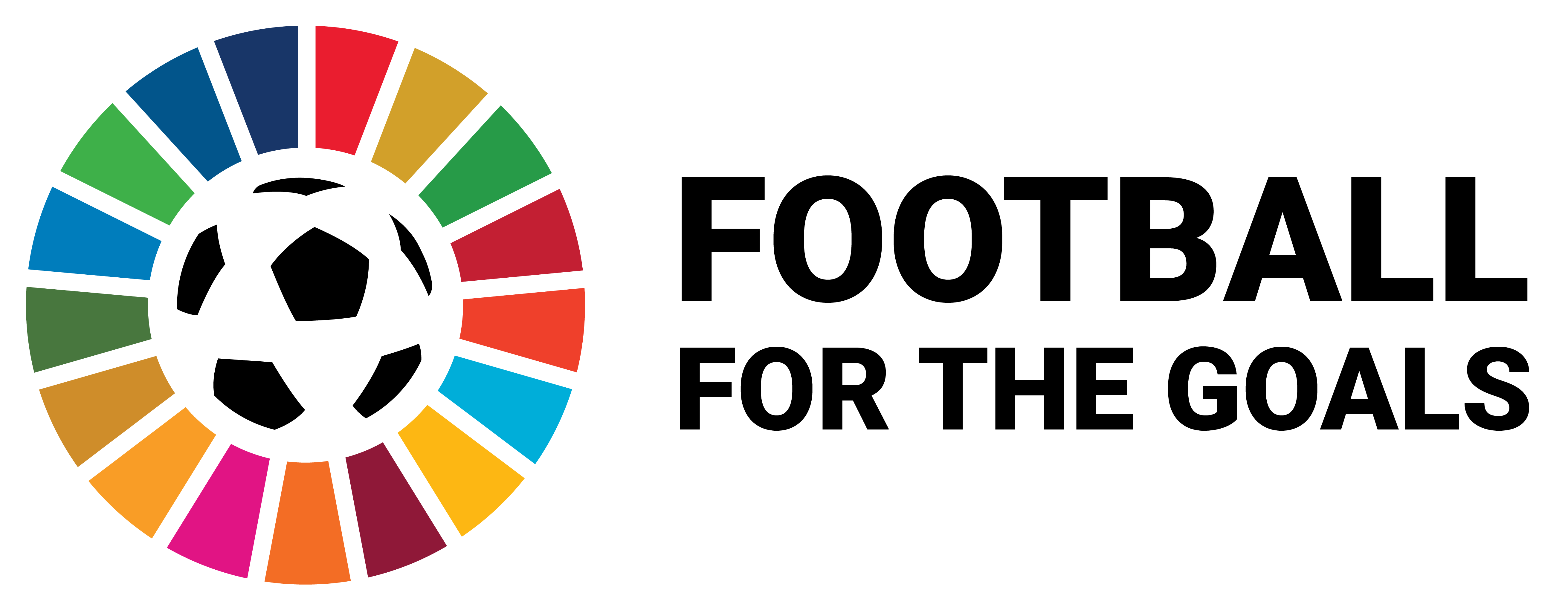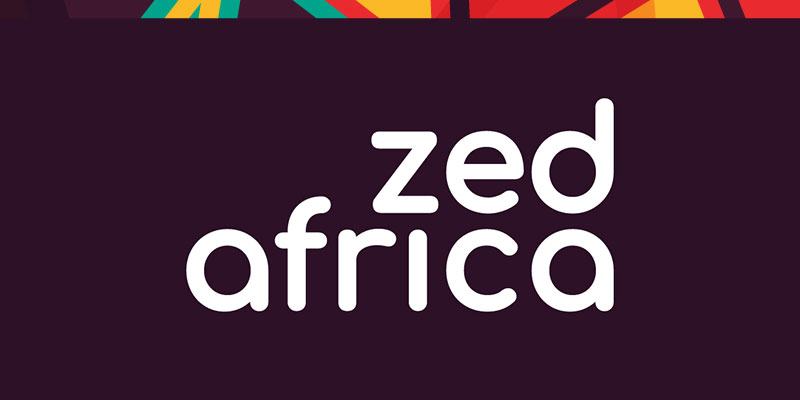
The inaugural edition of the African Football League (“AFL”) took place in October 2023. FIFA and CAF had introduced it as a preliminary event, serving as a dress rehearsal before the real launch of its extended format gathering about twenty teams and running all year round. The league’s genesis traces back to Gianni Infantino’s vision of initiating an African Super League, first articulated in 2020 during his address in DR Congo. Infantino envisioned that a Super League in Africa would captivate a more extensive fan base and generate substantial benefits for clubs and federations across the continent.
The concept gained further momentum when Patrice Motsepe, the President of CAF, affirmed the creation of a closed football league in Africa and began formulating the competition format. The official endorsement of the project occurred in November 2021 during the CAF General Assembly. The formal announcement of the African Super League took place in August 2022 in Tanzania, jointly declared by FIFA and CAF. The ambitious promises accompanying the league included a kick-off scheduled for August 2023, participation of 24 clubs from various corners of Africa, a financial injection of 100 million dollars into the competition, and a prize of 11 million dollars for the winner.
However, the unveiling of this high-stakes competition prompted questions about its feasibility. Doubts were raised regarding whether the Super League was a utopian endeavour or a positive development for African football. An article published in July 2022 identified structural risks, such as the compatibility of this competition with the current CAF Champions League, the inclusion of all African countries, and logistical challenges related to travel.
As we delve into the details of the African Football League opening edition, we aim to glean insights and observations from this transformative initiative.
A Deviation from the Initial Plan
In the year between the announcements in August 2022 and the official launch, many significant changes were made.
The first change was in the name. Initially, the native competition was called the “African Super League,” emphasizing the term “Super.” However, CAF eventually opted for a more consensual and smoother name: the “African Football League.” This shift, as explained by President Motsepe, was influenced by the failure of the European Super League project and the negative connotations associated with the term “Super League.” Interestingly, this statement carries a touch of irony, considering the European Super League project recently gained traction with a favourable decision from the European Court of Justice, asserting that UEFA’s monopoly was against the European treaties. This legal victory prompted a counteroffensive from European Super League advocates, proposing a new format for the competition. The fact remains that the African Super League gave way to the African Football League. However, despite the name change, the new CAF-FIFA project still constituted a closed league with selected teams based on CAF rankings.
In this regard, while the AFL aspires to involve as many countries and teams as possible from the continent, the first edition saw only eight clubs participating, a stark contrast to the initially proposed 24 teams. The original plan envisioned a division into three groups of 8 teams based on regional considerations (North, Central/West, South/Est). Ultimately, Mamelodi Sundowns (South Africa), Petro de Luanda (Angola), TP Mazembe (DRC), Es Tunis (Tunisia), Enyimba International (Nigeria), Wydad Casablanca (Morocco), Al-Ahly (Egypt), and Simba SC (Tanzania) comprised the participants. These teams, being well-known throughout the continent, boasting rich histories and numerous awards, and enjoying substantial financial resources, embody the concept of an elitist league, seemingly isolated from the broader football ecosystem of the continent.
However, a pivotal question arises regarding the structural and financial capacity of more modest teams from other countries to participate in the AFL. While organizing a tournament with eight teams and knockout rounds is inherently more straightforward, the challenge becomes significantly more daunting when attempting to orchestrate a year-round league involving more than twenty teams from diverse corners of the continent, as initially promised by the CAF-FIFA tag team.
Ultimately, the prize money fell significantly short of the initial projections. The prize money was a critical aspect of the original African Super League project, representing a substantial financial incentive for participating teams. Additionally, it served as an indirect means of funding African football development, reaching both professional and amateur levels, including grassroots programs on the continent.
In 2020, when the concept of a new African competition was first introduced, Gianni Infantino pledged a staggering $200 million in prize money for the African Super League, now known as the African Football League. The promise included the ambitious goal of retaining top talent in Africa and positioning the continent as a global leader in the sport. However, nearly four years later, the league commenced as a knockout competition, concluding in 17 days. The breakdown of the prize money included $900,000 for the losing quarter-finalists, $1.7 million for the losing semi-finalists, $3 million for the team losing in the final, and $4 million for the ultimate winner—equivalent to the prize money for the CAF Champions League winner. Despite these substantial amounts, only $14 million were distributed in total, far from initial pledges.
Questions arise about the African Football League’s ability to generate and distribute more money in its extended format for the envisioned twenty-four participating teams. While the extended format, spanning the entire year, is expected to generate more revenue through additional games, it also entails higher organizational costs, particularly in terms of travel expenses, which are exorbitant, especially when considering long-distance travel, such as a South African team flying to Morocco or Algeria.
Unresolved Queries about the Future of the AFL
As mentioned earlier, numerous questions persist without answers concerning the prospects of the AFL and its potential profitability for African football.
First, how will teams be selected if the competition is extended to about twenty clubs? Sporting merit? Economic situation? While the European Super League promoters recently abandoned the idea of a closed league, proposing a link between the national scene and the Super League via sporting results, it would appear that until proven otherwise, the African Football League will remain based on a closed model, in the image of its first edition.
Besides, it is still unclear whether the African Football League will generate economic value for the clubs and federations. Although Visit Saudi and CAF announced a partnership in October 2023 in which the tourism of Saudi Arabia became the main sponsor of the competition, the details of this investment remain unknown. If this cash injection might be good news if it funds the competition and covers the cost of team travel and the logistics involved in running this new league, the AFL’s business model to date remains completely opaque, and there is currently too little data to understand how the competition can generate long-term value. For example, the amount of television rights inherent in the AFL has not been leaked, even though it would appear that this source of revenue is strategic to the AFL’s financial profitability.
Moreover, CAF and FIFA have been clear: the AFL will not replace the CAF Champions League. The two competitions will have to coexist, which poses an obvious calendar problem. At present, there is no other confederation in which a club competes in two intercontinental competitions simultaneously. This is a worrying situation for African football and has drawn criticism. Al-Ahly coach Marcel Koller has criticised this schedule: ”The dates of the African Football League fixtures are not suitable. The international players, whether Egyptians or another nationality, will suffer because of the dense schedule,” he warned. This calendar issue is also huge from a CAF point of view while the 2024/2025 season is supposed to be extremely busy, between the CHAN and WAFCON taking place in September 2024, the AFCON in July 2025 as well as the regular clubs competitions such as Champions League, the CAF Confederation Cup and therefore the new AFL.
As such, we can imagine that the advent of the AFL could cause the CAF Champions League and national championships to lose all interest. When winning the AFL in only eight matches brings in the same amount of money as winning the CAF Champions League, what is the point of taking the Champions League seriously? For their part, national championships could also lose their appeal if their top teams focus first and foremost on the AFL, which would be a blow to local football, even though the objective of the CAF-FIFA duo through CAF is to participate in the development of football from the grassroots up.
While CAF states in an article on its website that “The success of the AFL will contribute to the building of Youth academies for boys and girls and football infrastructure in the 54 countries that are represented by CAF’s Member Associations,” it is still unclear how concretely the money generated by this competition can flow across the continent’s 54 national associations. To illustrate, the first edition did not reserve any earnings for grassroots football development.
Ultimately, there is still no guarantee that the AFL will not be an elitist competition that is out of touch with the development of football on a continental scale.
Pondering the Future Trajectory of the African Football League
In summary, the inaugural African Football League appears more like a scaled-down version of what the authentic African Football League should be. Although intended as a rehearsal to better prepare for the official launch the following year, this first edition fell short of addressing crucial questions the project faced from the start. These unanswered queries encompassed fan interest, travel logistics, distribution to African federations, and the potential impact on local leagues.
Looking ahead, the second edition of the AFL is set to undergo significant changes. The planned expansion to accommodate 24 teams signifies a scale-up in size and a broader inclusivity of clubs across the continent. The upcoming edition is designed to run throughout the season, introducing new challenges and complexities. However, it remains to be seen whether these adjustments will effectively address the outstanding issues and pave the way for a more prosperous and impactful African Football League.
However, it might be attractive for CAF and FIFA to think of another competition model. A model that tends instead towards “bottom-up” governance. In practical terms, this would mean supporting local and national initiatives to structure football. CAF’s role should be to facilitate the development of local football in terms of infrastructure, the training of all those involved (players, educators, managers, referees), and even competitions (national championships, youth competitions). It is work at the base of the ecosystem that is recommended rather than reforms at the top. Within this framework, the CAF is called upon to coordinate between the forces present on the ground, starting with governments and private players, who are likely to contribute financial resources and expertise.
Based on this vision, rather than creating a brand new competition, why wouldn’t CAF be interested in reforming the current Champions League format? To struggle against a lack of interest towards the current Champions League, thinking about regionalizing the competition might be a relevant idea. In other words, rather than proposing group stages before the knockout phase from the 1/8th final to the final, it would be appropriate to consider regional phases where the winners would meet again for a potential “Final 4” to compete for the final victory in the Champions League. Offering rounds between West African teams first, for example, would give a local flavour to the matches and would be a way for teams usually absent from the final stages to win an international title, in our case, the title of West African champion.
In substance, alternative models than AFL seem more inclusive for African football as a whole, even though it does not appear that CAF and FIFA are willing to follow these paths.
About the Author
Marco Ferri works in the French football industry and has been involved in issues related to the development of African football for several years.
 Back to Blog
Back to Blog 







